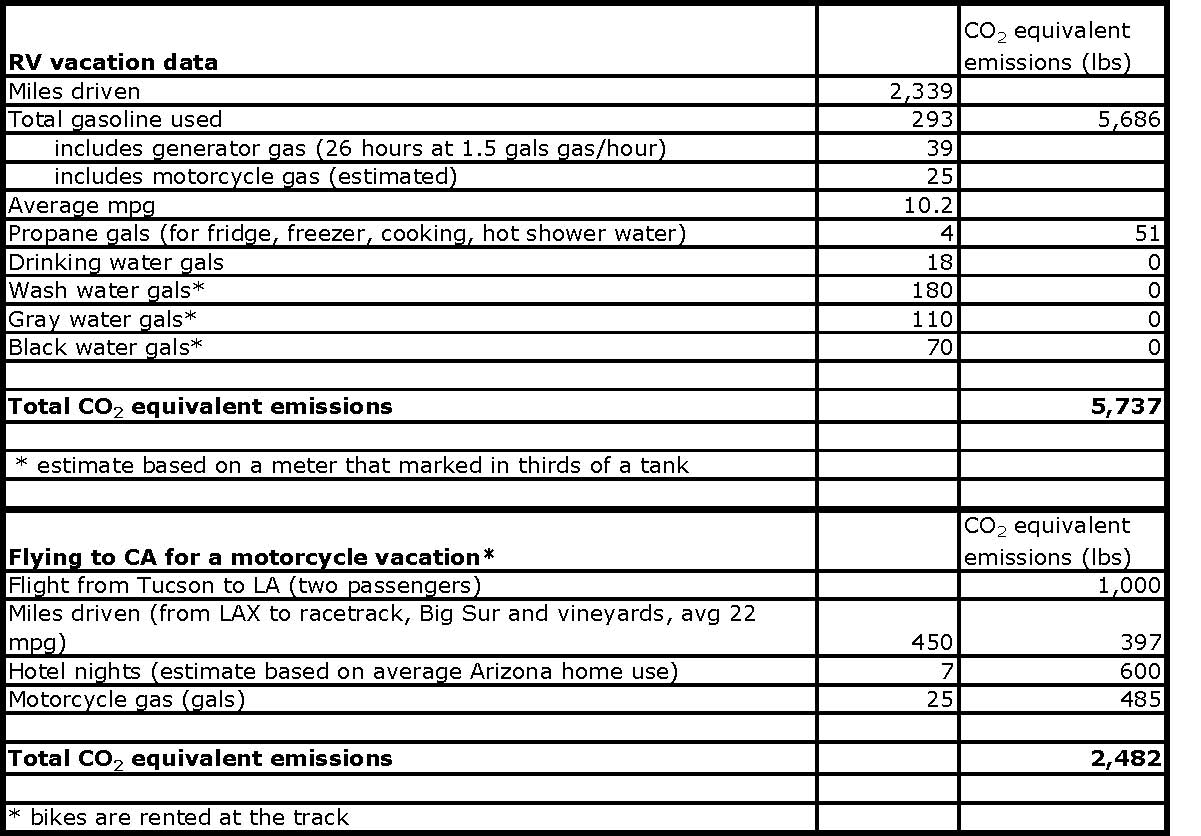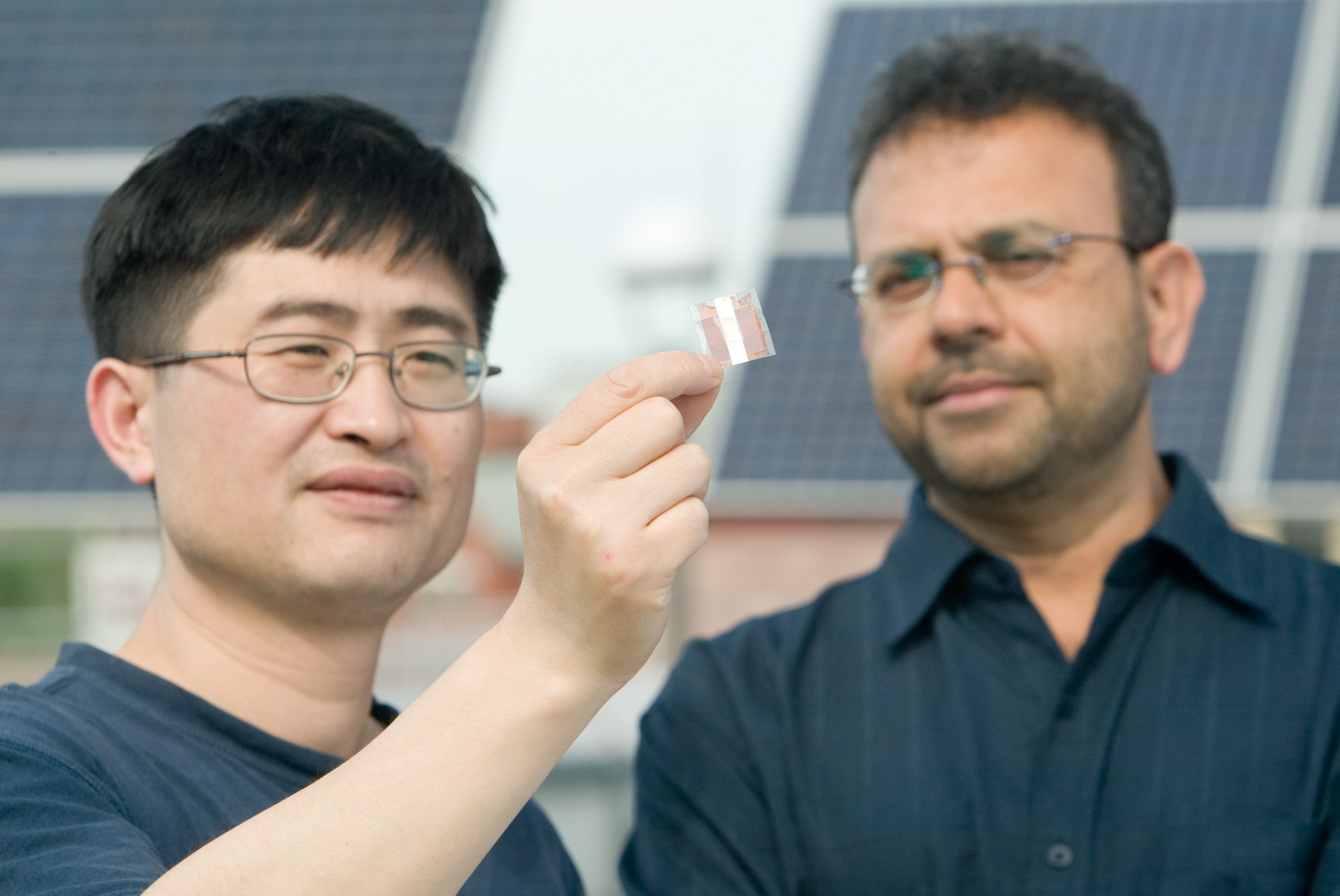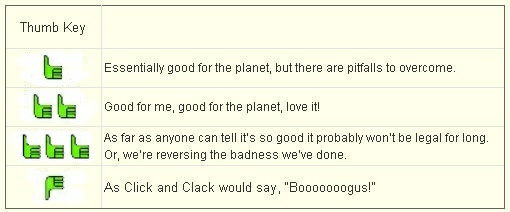 The Hansen Plan: How Renewables Will Replace Coal And Nuclear Power Generation
The Hansen Plan: How Renewables Will Replace Coal And Nuclear Power GenerationDr. Tom Hansen has a vision for clean power. It’s big and bold. Dubbed the ‘Hansen Plan’...
 The Naked Truth From The Bloke Who Blew The Whistle On Carbon Credits
The Naked Truth From The Bloke Who Blew The Whistle On Carbon CreditsIn December 2006, Dr. Mark Trexler authored a controversial paper called A Consumer’s Guide to...
 Green Fuel, Literally
Green Fuel, LiterallyMost of us think of solar power as coming from glass panels on rooftops, and increasingly large...
 Vacation Gas Fest With 'Homo Sapiens Conveniensis'
Vacation Gas Fest With 'Homo Sapiens Conveniensis'As someone who fantasizes about shooting a paint gun at Hummers and other suburban attack vehicles...







